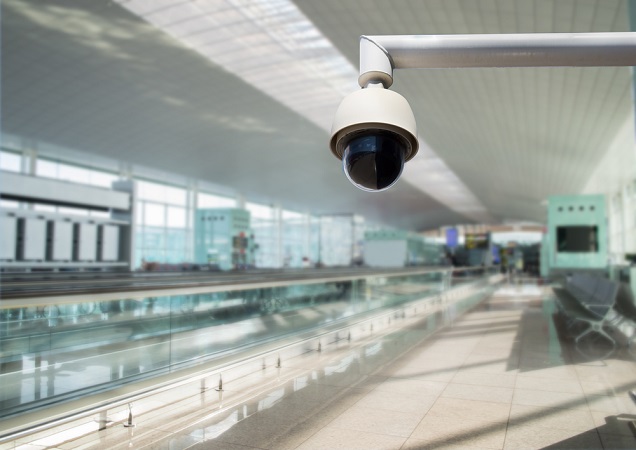Smart home technology has flooded our homes in recent days. It’s simpler than ever to set up your own home security system to keep track of package delivery, ensure your children get home safely, and look in on your home while you’re away.
However, if you don’t want to invest in a complete smart home security system, there are several low-cost options for keeping an eye on your property while you’re away. Here’s how to get the most out of your indoor security cam so you can safeguard your house more effectively.
Don’t Keep Your Cameras Hidden
Don’t bother disguising your security cameras unless you want to film someone doing something particular, like stealing into your vehicle. According to a University of North Carolina study, most thieves consider the availability of security cameras when choosing a target and avoid residences where they could be caught in the act.
Safeguard Everything, Not Only the Front Door
You should determine the location of your cam by the layout of your property.
From visits to deliveries, your front entrance sees a lot of activity. In addition to using a camera or video doorbell to watch your doorway for criminals, keep an eye on more routine things like whether your delivery person is appropriately treating your parcels.
You should also inspect less visible areas of your property. Back doors are a popular entrance point for attackers since they’re more likely to be left unlocked (lock your back doors!). So, consider adding a second pair of eyes to these sensitive areas.
Configure Motion Detection
You can’t monitor your cameras 24 hours a day, so buy a camera with motion detection.
Some cameras enable you to watch for motion in specific areas of the camera’s range of vision. So, for example, if someone knocks on your door, you’ll be notified, but not if a cat passes through your yard.
After connecting your smart camera, think about what activities you want to keep an eye on and enable the appropriate option.
Choose Reliable Power Source
It should go without saying that you’ll need a power supply for your cameras. Consider if you want a camera that runs on batteries or one that plugs into a power source.
It’s convenient not to have to run a power line inside your house to plug into an outlet, but battery-powered Wi-Fi cameras deplete rapidly in colder weather. To avoid network congestion, look for a Wi-Fi camera connecting to either the 2.4GHz or 5GHz radio band. Try a wireless range extender if you’re having difficulties getting a solid signal outdoors.
Keep Your Accounts Safe
You’re putting up a sophisticated security system to keep an eye on your house while you’re away. However, if you don’t safeguard your account, you’re opening the door for intruders to see through your webcams as well.
Make sure you update any default passwords on your camera to avoid this. Older or off-brand cameras generally have extremely little protection, and passwords for them may be found by doing a Google search, possibly exposing you to some frightening circumstances.
You may also read about best home security camera
Activate two-factor authentication if it’s available. If your camera is linked to the internet through Wi-Fi, verify sure your router is also protected with WPA2 encryption. Remember, there is nothing called “too cautious.”



